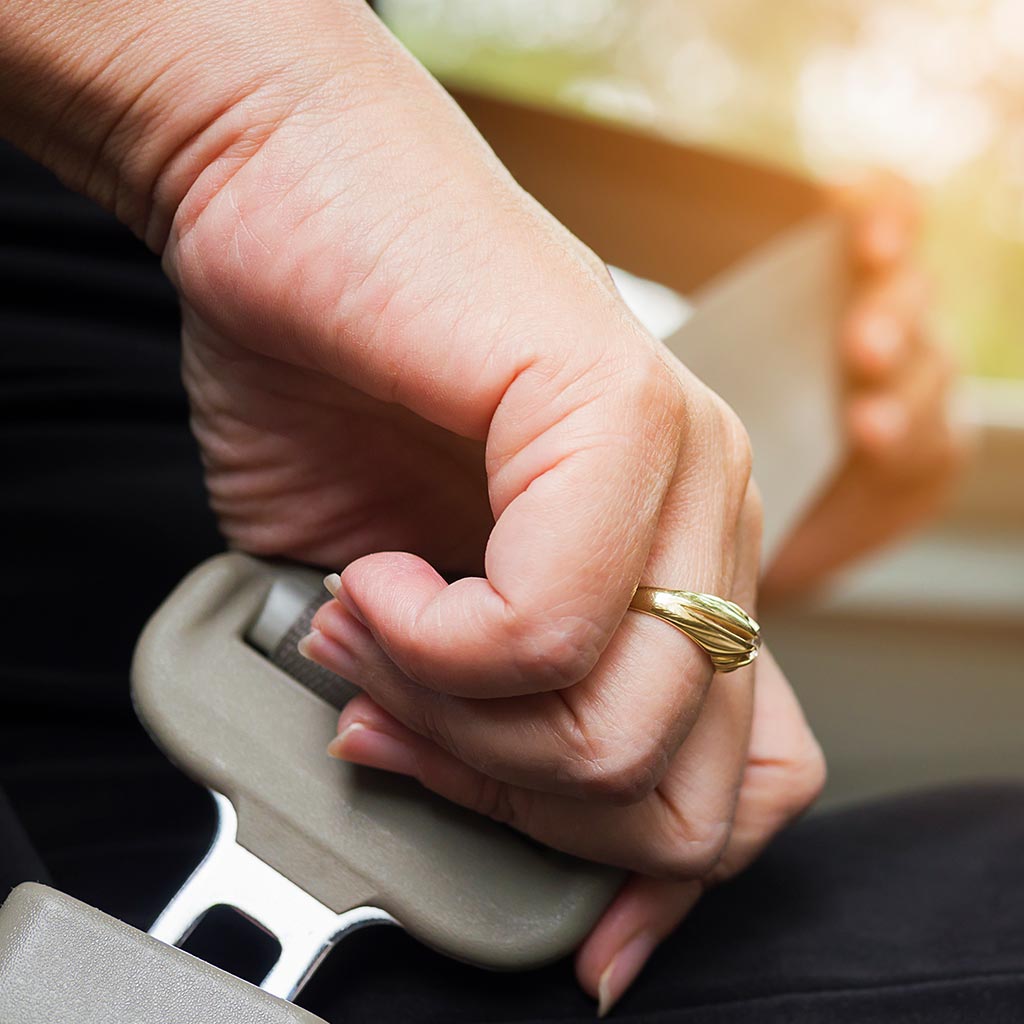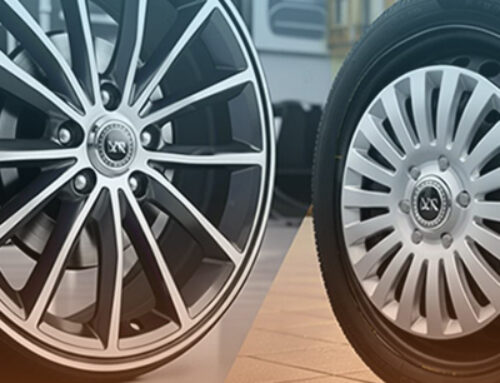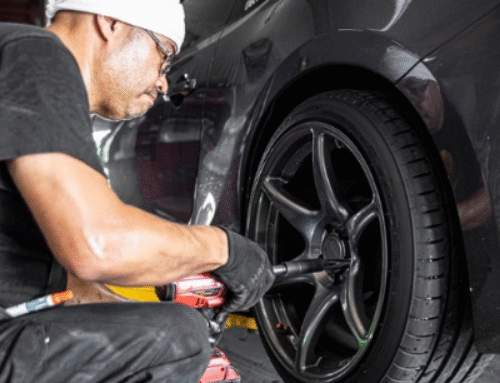Tips for driving in complex conditions
Driving in complex conditions, like a very rainy day, can be dangerous… That’s why we bring you these tips to take care of your safety, and your family and friends safety while driving.
At Wheels Dr. We care about your safety.
Every trip is different and you never know what you might find around the corner, it is best to be prepared for any eventuality.
Tilt your rearview mirror slightly when driving at night:
This is to avoid being dazzled by cars driving behind you.
Do not stare at the headlights of oncoming cars:
This way we make driving in the dark easier.
Limit your speed in the highway:
If we go at a very high speed, the probability of accidents increases.
Do not change lanes abruptly:
Warn other drivers of your intentions. Besides being dangerous, you can overturn the car.
Do not drive when you are tired.
Be sure to stop and rest every 2 hours, if the trip is very long.
If you are driving in mountainous terrain:
You need to check your brakes, spare tire, and tools before setting off.
Also: Weather can change very quickly in the mountains, so check the forecast and tell someone the route you plan to take.
Downshift and put your headlights on low:
When you are driving in complex conditions, like rainy days, it is harder to see the road and other road users, the road becomes very slippery and your car needs a longer braking distance. This step is important.
In snowy conditions:
steering wheel into the skid and make sure you don’t brake, as all you will do is lock up the tires.
In foggy conditions:
This is the most dangerous condition to drive in, so always keep your low beams on in addition to your fog lights.
Likewise, leave a greater safety distance between your vehicle and the one in front of you to maintain reaction time. NEVER overtake.
In addition to these tips for driving in complex conditions:
It is also essential to have the car in good condition and carry everything we need in case of any unforeseen event on the road.
That is brakes, spare tires, lights, windshield wipers, fog lights, tools, flashlight, and safety vest.
As a last tip, it is necessary to check the tires of your car. Make sure they have no damage, cracks, or possible punctures. Don’t forget to check the tire pressure and condition of the tire. This will save you a bad time.
Frequently Asked Questions About Driving in Complex Conditions
✅ 1. What should I do first when driving in heavy rain?
➡️ Slow down, turn on your low-beam headlights, and keep a greater distance from the car ahead. Avoid sudden braking or lane changes.
✅ 2. How can I prevent my car from skidding on wet or icy roads?
➡️ Drive slowly, avoid sudden turns, and don’t brake hard. If you start to skid, steer gently in the direction of the skid until you regain control.
✅ 3. Is it safe to use high beams in fog?
➡️ No. High beams reflect off the fog and reduce visibility. Always use low beams and fog lights instead.
✅ 4. How do I prepare my car for driving in bad weather?
➡️ Check your tires, wipers, lights, and brakes. Keep emergency tools, a flashlight, and a safety vest in your car before any trip.
✅ 5. What is the safest speed to drive in rain or snow?
➡️ Drive below the posted speed limit — reduce speed by at least one-third in rain and by half in snow or ice conditions.
✅ 6. How often should I rest during long drives?
➡️ Stop at least every two hours or 100 miles to stretch and rest. Fatigue is one of the main causes of road accidents.
✅ 7. What should I do if visibility suddenly decreases while driving?
➡️ Turn on your hazard lights, reduce your speed gradually, and pull over safely if visibility becomes too poor to continue.







